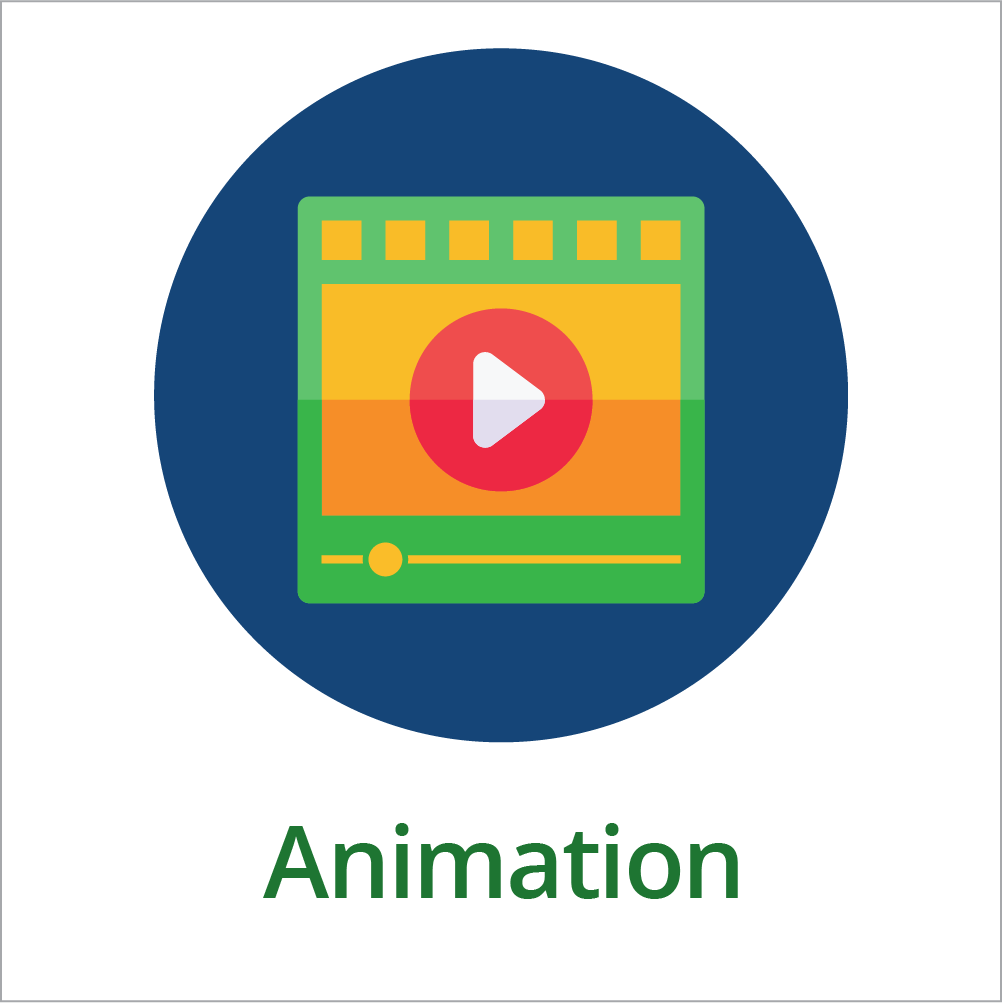- Overview
- Toolkit Overview
- Introduction to Data Viz
- Resources
- General Considerations
- Accessibility
- Color
- Types of Visualizations
- Charts
- Dashboards
- Data tables
- Infographics
- Maps
- Qualitative
- Enhancing Engagement
- Animations
- Interactivity
- Presentations

In data visualizations, animations can be used to portray data in a persuasive, memorable, and effective way. We can show processes, tell stories, and evoke emotions — all of which are difficult or impossible with static graphics and text alone. Using free online tools, even a nonprofessional can easily create professional-looking animations to tell a data story. Here, we discuss the use of animation to support a broader narrative and how data are best visualized for this use.
Although similar to presentations, animations and the data visualization considerations for them are sufficiently different to stand as a distinct category. Find out more about presentation tools in the Presentations section of this toolkit.
Animations Design Principles
- The strengths of animations are simplicity and engagement. Accordingly, data that are simple and easily interpreted will be the most powerful. Raw data or complex data tables are not appropriate for animations.
- Present data as evidence for your broader message, integrated as a natural part of the narrative or story.
- Keep animations short, ideally 3 to 5 minutes, to hold your audience’s attention.
- Start with your script. You will have 7 to 8 seconds to “hook” an online audience and 2–3 minutes of sustained audience attention to online videos. Therefore, your animations should be 3 minutes or less to ensure your audience watches to the end of a video and that it engages with your call to action. In your script, be sure to:
- Convey the issue that you or the data will address. This is generally considered the hook and should appear in the first 7 seconds of the video.
- Present your expertise and/or the solution up front to sustain attention.
- Provide the data or evidence, now that your audience is fully engaged.
- Include a call to action—what should the audience do next?
- Create a story board to plan the visual elements of your video. This blog post provides a simple how to for creating a story board. Remember to use the principles of effective data visualization presented throughout this toolkit to share the data in your video.
- Any background music included should be soft and not distract from the narration.
- Download your animation onto an easily accessible platform such as YouTube or Vimeo. When your animation is embedded in a PowerPoint presentation, videos on these platforms tend to load more quickly and seamlessly.
- For animations that include human characters, use diverse characters to relate to a wide audience.
- Consider general and engagement strategy-specific accessibility tips and principles.
Published December 2022.

